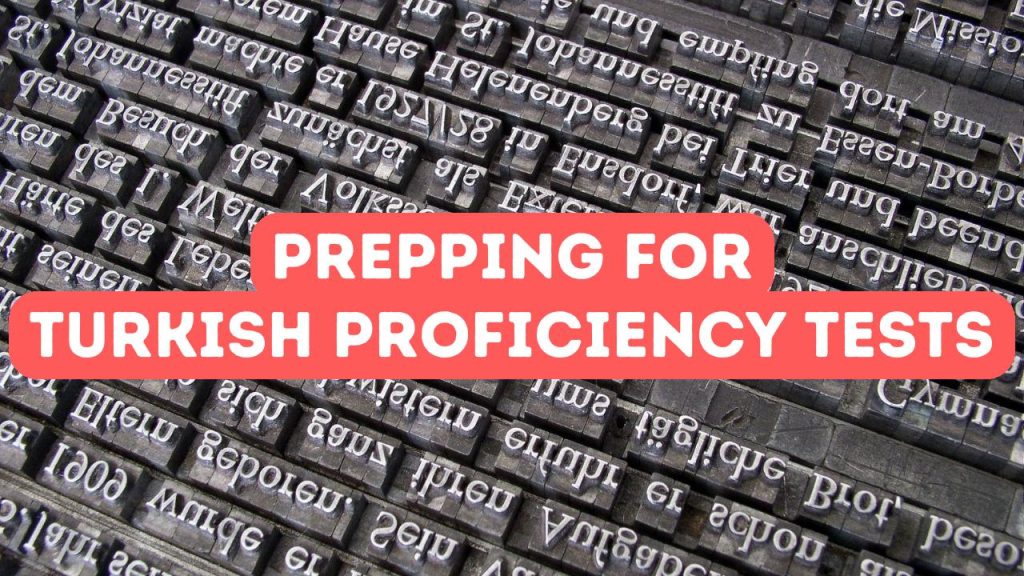Mastery of Vowel Harmony in Turkish
Grasping the concept of vowel harmony is quintessential in Turkish pronunciation and cannot be overstated. This phonetic rule requires that all the vowels in a word follow a specific pattern, determined by the first vowel. Turkish vowels are divided into two groups: front vowels (e, i, ö, ü) and back vowels (a, ı, o, u). A word must contain vowels all from the same group, creating a harmonious sound as you speak. This blend is pivotal for word formation and suffix attachment, affecting not only pronunciation but also grammar. Overlooking vowel harmony can lead to misunderstandings, as it might alter the meaning of words. Hence, paying close attention to vowel patterns and consistently practicing is the key to mastering this essential aspect of Turkish phonetics, smoothing the road towards a more authentic accent.
To practically apply vowel harmony, that key concept of Turkish phonetics, listen intently to native speakers and mimic their patterns. As you practice, remember that the vowel in the syllable immediately preceding a suffix will dictate the vowels that must be used in that suffix, ensuring they are from the same group (front or back). This not only aids in proper pronunciation but also reinforces the natural rhythm of the language. For example, the addition of the possessive suffix -im or -ım to the word ev (house) will result in evim (my house) if you’re speaking in the first person singular. This subtle but crucial distinction between evim and the incorrect evum is what sets the fluent speakers apart. Engage with extensive listening exercises and repeat-after-me practices, striving for that seamless vowel transition that is so distinctive of Turkish eloquence.
As your familiarity with vowel harmony grows, integrate this understanding into every aspect of your spoken Turkish. Use this knowledge actively during your language exchanges or while engaging with Turkish media. Pay particular attention to the vowel-heavy words and the seamless connection between suffixes and root words in sentences. A common pitfall is inserting a vowel that clashes with the overall harmony of a word when under pressure or in doubt. To sidestep this, continuous speaking and self-correction are vital. You’ll find that with habitual practice, the right vowel choices will start to come intuitively, greatly enhancing your pronunciation to reflect the true cadence of the language, and bringing you one step closer to speaking Turkish like a native.
Consonant Softening and Elocution Techniques
In Turkish pronunciation, consonant softening plays a crucial role in giving words their correct form and flow. This linguistic phenomenon, known as consonant mutation or ‘yumuşama’ in Turkish, typically occurs when a word is modified by suffixes – a common feature due to the agglutinative nature of the language. Pay close attention to how the hard consonants ‘p, ç, t, and k’ soften to ‘b, c, d, and ğ’ respectively when followed by certain vowel-harmonious suffixes. For example, the word ‘kitap’ (book) becomes ‘kitabı’ (his/her book) when the possessive suffix is added. Practicing this transition smoothly is key to achieving a more natural pronunciation. Elocution exercises designed for Turkish learners can be particularly beneficial, as they often include drills focusing on the repetition and refinement of such consonant shifts, training the tongue to adapt effortlessly and enhancing overall speech fluidity.
To master the subtleties of Turkish consonant pronunciation, it is essential to develop an acute awareness of the articulatory characteristics unique to the language. The feather-light touch needed for the ‘h’ at the end of ‘peynirah’ (cheese tray) compared to the throaty, emphatic ‘h’ in ‘hava’ (air) can be confounding. Practicing in front of a mirror can help, as visualizing the formation of these sounds reinforces muscle memory. Tongue twisters and recitations can serve as advanced techniques for those seeking to perfect their consonant elocution. Rhythmic repetition of phrases like Bu bakkal başka bakkal (This grocer is another grocer) sharpens the transitions between soft and hard consonants. By regularly engaging in these exercises, learners will notice a marked improvement in their capacity to enunciate Turkish consonants with precision, thus inching closer to the effortless enunciation of a native speaker.
Equally important to Turkish elocution is mastering the flow of conversation. Native Turkish speakers often use a melodic intonation that can be emulated through listening and imitation exercises. Engaging with authentic Turkish media such as radio, music, and movies offers an excellent opportunity to observe the rhythm and pitch variations that characterize natural speech. Pay attention to the cadence with which speakers go from a question’s rising intonation to the smooth, downward lilt of a statement. Recording your own voice and comparing it to native speakers can highlight discrepancies and areas for improvement. Moreover, conversing with native speakers and receiving constructive feedback will refine not only your pronunciation but also your grasp of the complex emotional undertones conveyed through the Turkish language’s lyrical ebb and flow. Keeping this musicality in mind when speaking can greatly enhance the authenticity of your pronunciation and help you sound less like a foreigner and more like a local.
Utilizing Stress and Intonation for Authentic Turkish Speech
An often overlooked but key aspect of mastering Turkish pronunciation is understanding the role of stress and intonation. Unlike English, where misplaced stress can lead to a completely different meaning, in Turkish, stress is primarily used to enhance emotion or emphasis rather than to differentiate meaning. For example, when Evet (Yes) is spoken with a strong emphasis on the first syllable, it signifies a confident affirmation, whereas a stressed second syllable may convey a sense of hesitation or reluctance. The rhythmic pattern of speech in Turkish is fairly even and stress usually falls on the final syllable of a word, creating a musicality that can be heard distinctly in native Turkish speech. Paying attention to these subtle shifts in pitch and volume not only aids in improving one’s pronunciation, but it also helps in aligning with the emotional context and communicative intent of the conversation.
Integrating correct intonation becomes particularly important in handling Turkish question constructs. In English, the pitch often rises towards the end of a question; however, in Turkish, it’s not just the pitch that changes, but also the pattern of stress. For instance, questions formed with the particle ‘mi’ attached at the end of a word follow a unique intonation, where the pitch rises sharply on the syllable before ‘mi’ and falls on the ‘mi’ itself. Mastery of this intonation pattern is crucial as it distinguishes a statement from a question. Continuing with our previous example, Evet mi? asked with a rising tone on ‘ve’ and a falling tone on ‘mi’ confirms whether the answer is indeed yes. To sound natural, one must practice this melody of questions, tuning the ear to recognize these subtle inflections, which will in turn facilitate a more nuanced and expressive Turkish pronunciation.
Beyond grasping the mechanics of stress and intonation in questions and statements, the conversational flow in Turkish relies heavily on the ability to employ these vocal techniques across different contexts. For example, to express surprise or disbelief, a native speaker might use a descending pitch in a statement that would typically carry a flat or rising intonation, contrasting with the expectation of the listener and thus conveying a stronger emotional resonance. Understanding the undulating contours of Turkish intonation requires active listening and repeated practice with authentic materials such as conversations, radio broadcasts, or Turkish TV shows. By mimicking the cadence and rhythm of native speakers, learners can start to internalize the ebb and flow of everyday Turkish speech, using stress and intonation to impart subtle shades of meaning and interact with a new level of sophistication.





